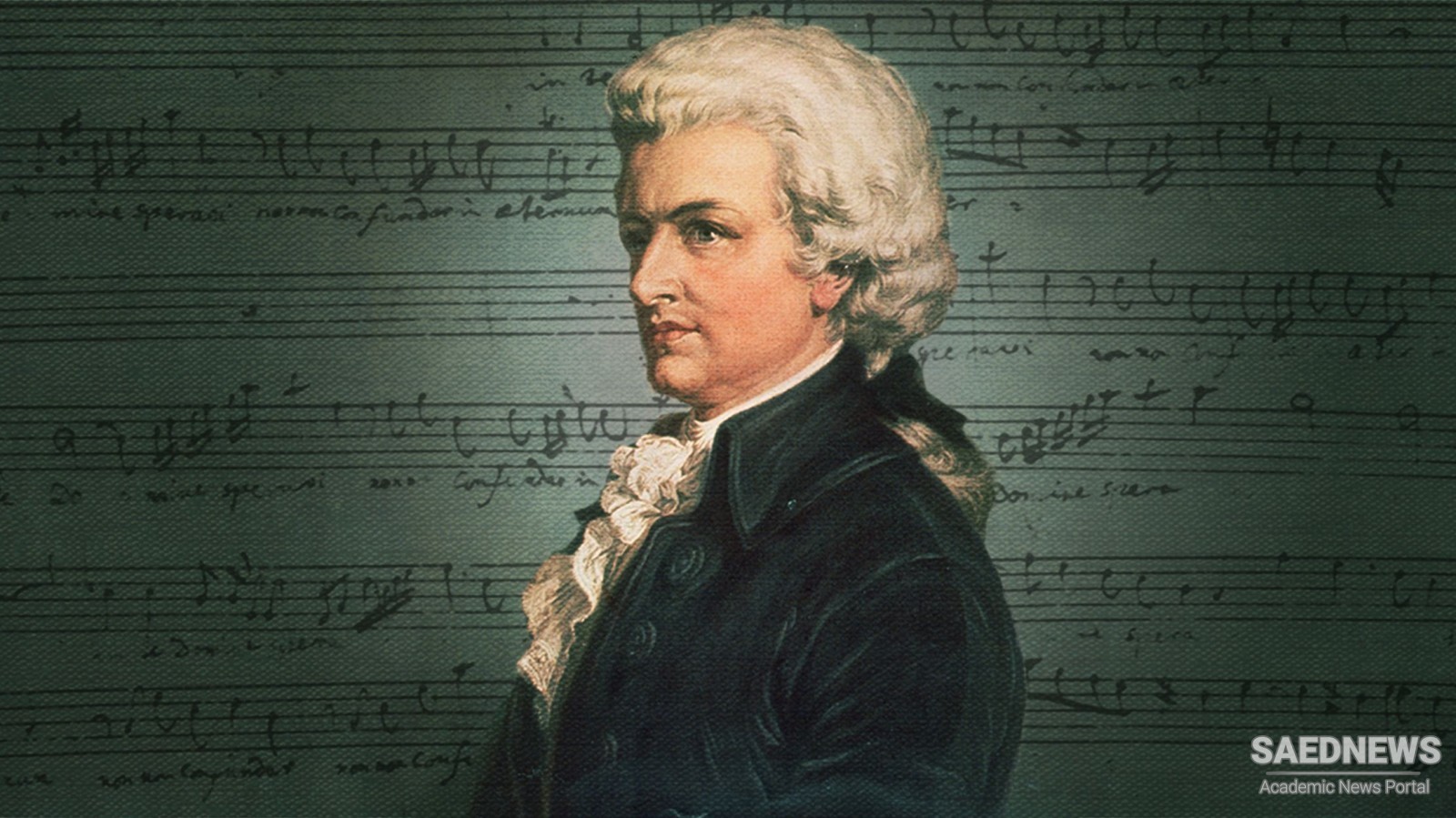Austrian composer Wolfgang Amadeus Mozart is widely recognized as one of the greatest composers in the history of Western music. With Haydn and Beethoven he brought to its height the achievement of the Viennese Classical school. Unlike any other composer in musical history, he wrote in all the musical genres of his day and excelled in every one. His taste, his command of form, and his range of expression have made him seem the most universal of all composers. Mozart’s father, Leopold , was a composer, a well-known violinist, and the author of a celebrated theoretical treatise. From 1762 Leopold took young Mozart and his sister Maria Anna (“Nannerl”), who also was musically talented, on tours throughout Europe in which they performed as harpsichordists and pianists. Young Mozart performed as a violinist and organist and received numerous commissions. In Paris they met several German composers, and Mozart’s first music was published (sonatas for keyboard and violin); in London they met, among others, Johann Christian Bach, and under his influence Mozart composed his first symphonies—three survive (K 16, K 19, and K 19a [K signifying the work’s place in the catalog of Ludwig von Köchel]). Two more followed during a stay in The Hague on the return journey (K 22 and K 45a). While the Mozarts were in Vienna in 1767–69 Mozart wrote a one-act German singspiel, Bastien und Bastienne, which was given privately. In 1769 his comic opera La finta semplice was performed in the archbishop’s palace in Salzburg. Just a few months later, Mozart was appointed an honorary Konzertmeister at the Salzburg court. Mastery of the Italian operatic style was a prerequisite for a successful international composing career, and Mozart accordingly visited Italy with his father. Their first tour, begun on Dec. 13, 1769, took them to all the main musical centres. In mid-October 1770 he reached Milan and began work on the new opera, Mitridate, rè di Ponto (“Mithradates, King of Pontus”), the premiere of which, on December 26, was a notable success. The second Italian visit, between August and December 1771, saw the successful premiere of Mozart’s opera Ascanio in Alba. Back in Salzburg in 1772, Mozart wrote eight symphonies, four divertimentos, several substantial sacred works, and an allegorical serenata, Il sogno di Scipione. The third and final Italian journey lasted from October 1772 until March 1773. The new opera Lucio Silla (“Lucius Sulla”) was given on Dec. 26, 1772, and after a difficult premiere it proved highly successful. The instrumental music of the period around the Italian journeys includes several symphonies (a few of them are done in a light, Italianate style), but others tread new ground in form, orchestration, and scale. There are also six string quartets and three divertimentos.


 Joseph Hayden's Contribution to the World of Symphony
Joseph Hayden's Contribution to the World of Symphony














































